Cedarmere Mill
225 Bryant Avenue, Roslyn Harbor
Project Files
- National-Register-of-Historic-Places-Documentation-Form-Roslyn-Harbor-June-24-1999.pdf
- Cedarmere-Mill-Architectural-History-and-Changes-Over-Time-May-2008.pdf
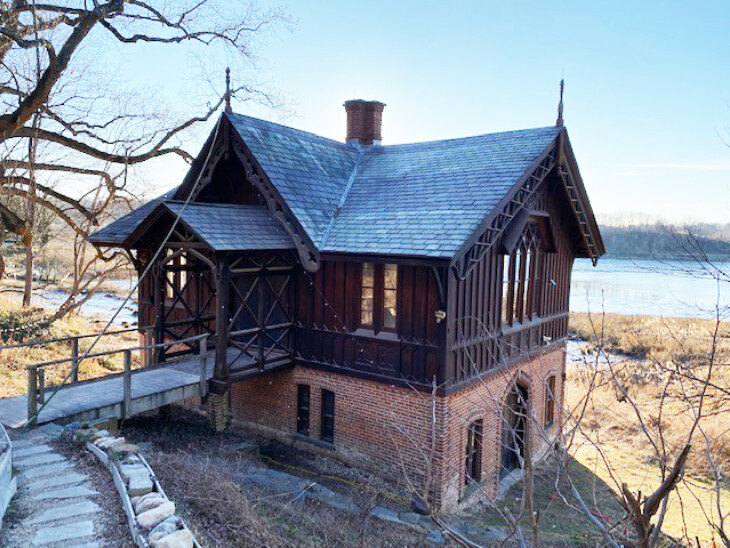
Adapted from the 2003 House Tour Guide
Cedarmere has been the site of a mill since the 1770s, when Richard Kirk defined the embankment of the pond and constructed a water powered fulling mill near the current mill's site. Kirk's mill was subsequently used as a paper mill, a planing mill and for cutting glass. It burned down in 1849.
The current Gothic Revival mill was built for Bryant in 1862 as a mill and summer cottage. The mill works are in the lower level, and were powered by a waterwheel until ca. 1885, when Bryant's daughter Julia had the wheel replaced by a turbine drive. The mill was essentially a power train for machinery needed for the estate; lathes, saws, grindstones and other tools could be attached to its drive mechanism as needed. It was also constructed to pump water from the spring-fed pond through underground pipes to a reservoir on the hill on the opposite side of Bryant Avenue which served as the water supply for the estate.
The main level of the mill served as a summer cottage. Its amenities included a fireplace with slate mantle and, on the north side, a large Gothic-style window with Bryant's initials etched in Old English into the top three panes of glass. Like the estate's bridge, boathouse and tool shed, the mill was originally painted a light ochre described by Bryant s "the color of new wood."
Around 1930, the mill was converted into a studio for Harold Godwin's daughter Frances, a sculptor. At that time, the chimney was rebuilt, the interior subdivided and refinished, and a skylight installed on the western side of the roof. Subsequently, the original basement stairs were covered over and the attic stairs were moved from the center of the building to the south wall.
The mill was most likely designed by the architect Frederick Copley. Copley, who lived in Roslyn and Staten Island, is documented as the designer of Clifton (TG 1987), to the north of Cedarmere, and the Jerusha Dewey Cottage (TG 1983), which he built for Bryant in 1862 on the poet's property up the hill east of Cedarmere. Although there is no written documentation that Copley also designed the mill, the similarity of its paneling with the Jerusha Dewey house is striking. In addition, on December 27, 1862, Bryant wrote a letter of recommendation for Copley stating that he "has made several architectural designs for me which I have caused to be executed at my place ... and which in my opinion do great credit to his taste and his invention" (Bryant, Letters, Vol. IV, #1316). Bryant's phrase "several designs" indicates that Copley designed more than just the Dewey House for him, strengthening the argument that Copley also planned the mill. It is also possible that Copley played a role in the 1860-61 renovation of Cedarmere, considering that the exterior trim on the pear tower is similar to that on the mill and the Dewey Cottage, but this is mere speculation.
_________________________________________________________________________________________
The Cedarmere Mill was restored from 2008 to 2012 through the generosity of the Gerry Charitable Trust. The restoration was managed by the Roslyn Landmark Society in cooperation with the Nassau County Department of Parks and Recreation. Nassau County is the current owner of the Cedarmere property and the mill.
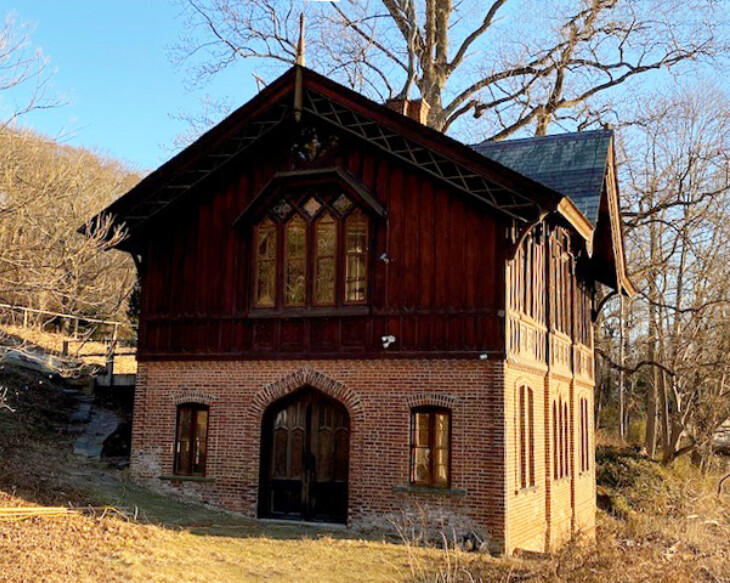
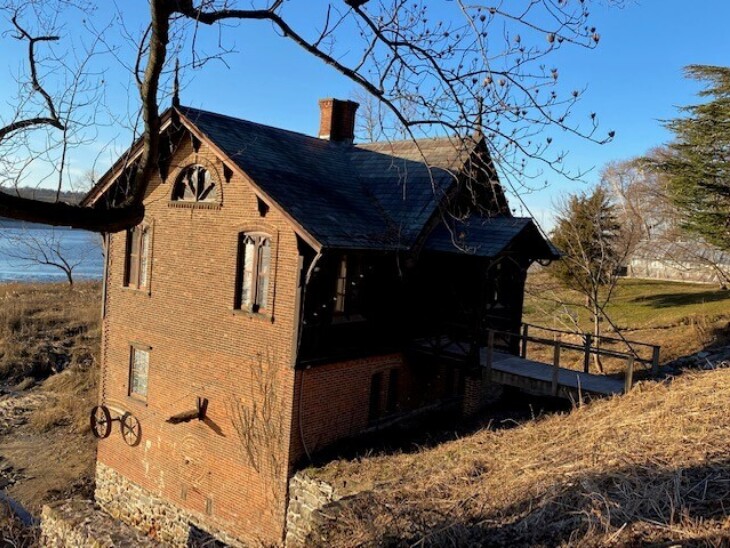
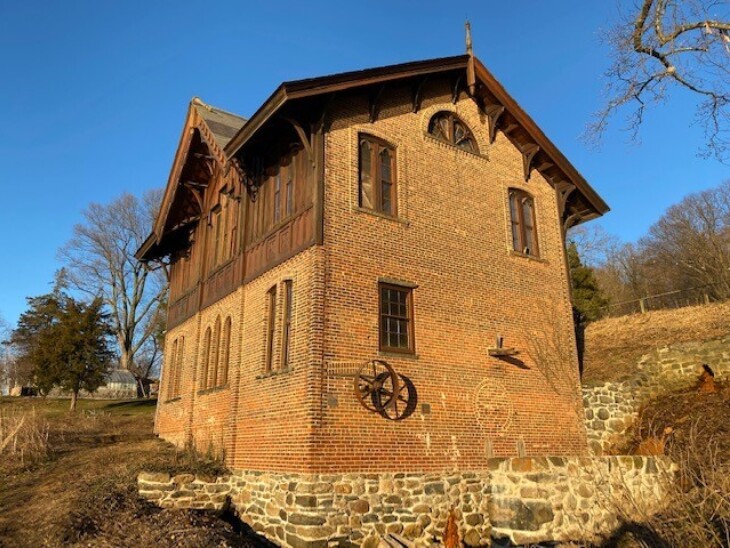
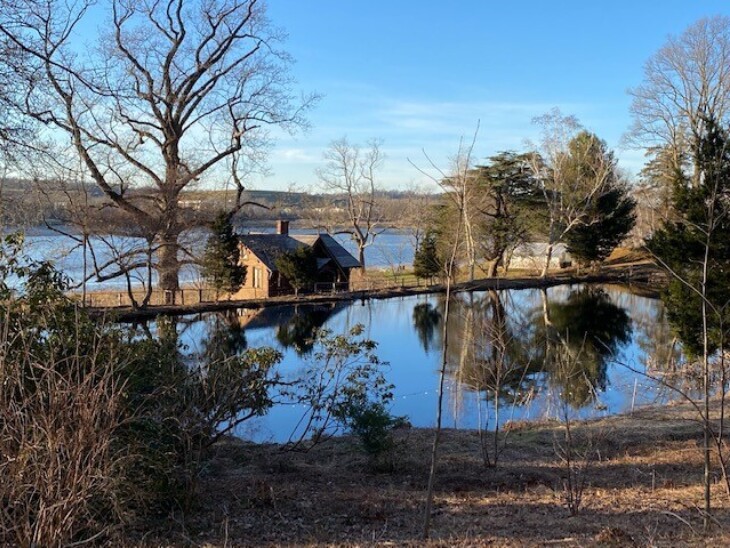
0 Comments